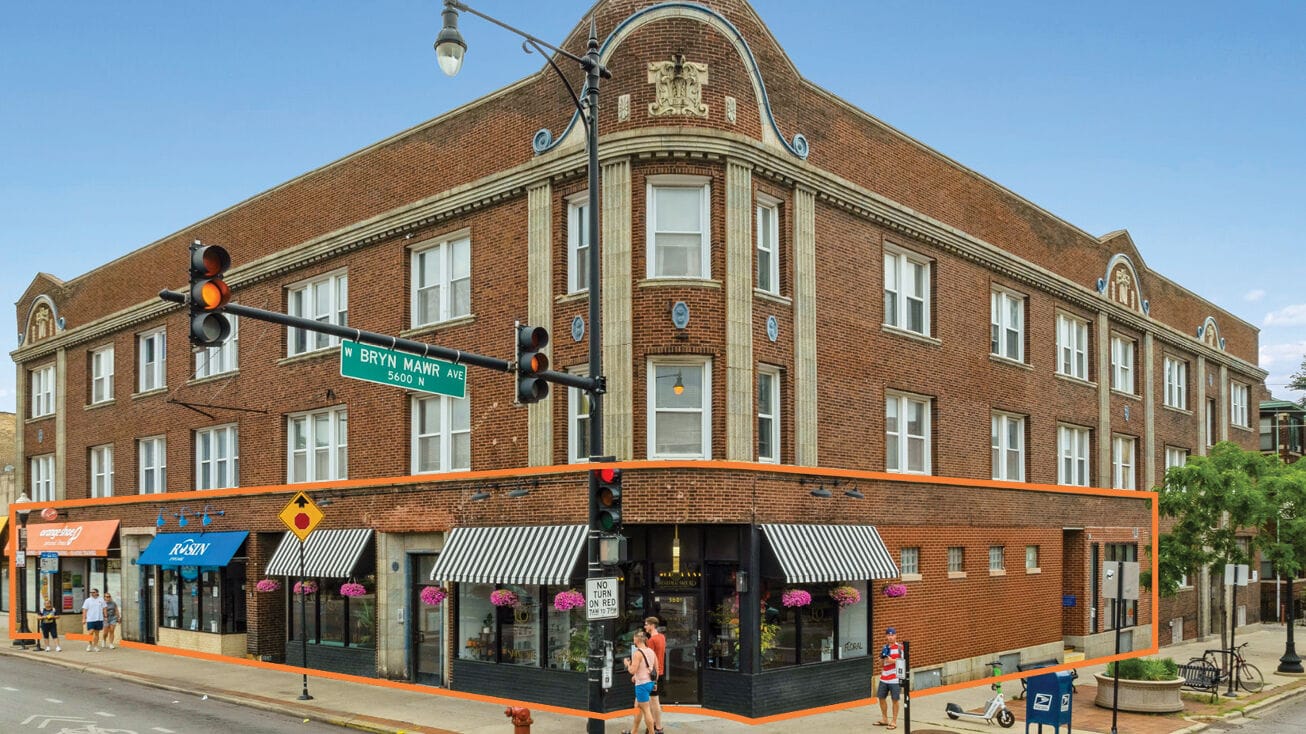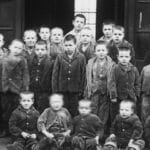Folks, gather ’round and let’s travel back to a dark chapter in American history. Andersonville prison, a bloody scar left from the Civil War, is a chilling tale that’ll leave you shivering. This joint was meant to hold 10,000 prisoners, but somehow, over 45,000 Union soldiers found themselves packed in like sardines. The suffering was off the charts, with almost 13,000 poor souls losing their lives, making it one of the deadliest POW camps in history. Buckle up and prepare for a sobering journey into the depths of human misery.
Andersonville: Measuring Misery in a Civil War Prison
In the annals of the American Civil War, Andersonville casts a long, dark shadow. Between 1864 and 1865, the Confederate prison, Camp Sumter, became a living nightmare for thousands of Union soldiers. Over 12,000 perished within its walls, not from heroic battlefield sacrifices, but from the agonizing grip of disease, starvation, and neglect. Andersonville stands as a harrowing reminder of humanity’s capacity for cruelty.
But Andersonville’s legacy extends beyond the past. Today, the name unexpectedly appears in the most ordinary of settings—a cozy Chicago coffee shop called “The Understudy,” which sources its beans from a roaster known as “Metric Coffee.” This begs the question: could there be a connection, however thin, linking a place of unimaginable suffering to a modern-day hub for coffee lovers? The very idea forces us to confront the “Andersonville metric,” not just as a historical measure of misery, but as a concept that might still hold relevance in our world.
The shared name is where our exploration begins, a journey that takes us beyond coincidence and into the realm of symbolism. The “Andersonville metric,” in its purest sense, speaks to endurance against unimaginable odds; a testament to the human spirit’s ability to cling to hope even in the most desolate of circumstances. And within the walls of The Understudy, a different kind of resilience emerges—the resilience of community, of shared stories and experiences brewed into every cup.
To truly grasp this potential connection, we need to dig deeper into the motivations behind the names “The Understudy” and “Metric Coffee.” Were they chosen with Andersonville’s legacy in mind, or is this a case of history whispering to us in subtle, unintended ways? Interviewing the owners of The Understudy and delving into the narrative behind Metric Coffee’s branding could unveil fascinating insights. Perhaps they were drawn to the name “Andersonville” for its historical weight, seeing it as a way to spark conversations and keep the memory of those who suffered alive.
The most powerful voices in this exploration belong to the descendants of Andersonville survivors. They carry the stories passed down through generations, stories etched into their family histories. Their perspectives offer invaluable insight into how the “Andersonville metric” continues to shape perceptions of the past and influence the present.
By unraveling this potential link between a historical site of suffering and a modern-day coffee shop, we embark on a journey into the heart of memory, resilience, and the enduring impact of human actions. The “Andersonville metric,” though born out of tragedy, might hold lessons that transcend time, reminding us of the importance of empathy, compassion, and our shared responsibility to learn from the darkest chapters of our past.
Andersonville Capacity: A Recipe for Disaster
Andersonville wasn’t just about numbers; it was about real people trapped in a horrific situation. Initially built to hold around 10,000 prisoners of war, the prison consisted of a 15-foot high wooden fence enclosing a mere 16.5 acres.
By June 1864, the prison population doubled to 20,000 due to the capture of Union soldiers during the Atlanta Campaign. An expansion added 610 feet to the north side, bringing the total area to 26.5 acres.
Tragically, the expansion did little to alleviate the suffering. At its most crowded, Andersonville held an unimaginable 45,000 prisoners, leaving each man with a mere 5-6 square feet of personal space. This severe overcrowding, coupled with the scarcity of food, clean water, and basic hygiene, created a breeding ground for diseases like scurvy, diarrhea, and dysentery. It is estimated that about 13,000 Union prisoners, nearly a third, died in Andersonville.
Here’s a summary of Andersonville’s capacity:
- Intended Capacity: 10,000 prisoners.
- Peak Capacity: 45,000 prisoners.
- Result: Widespread disease and a staggering number of deaths due to overcrowding, lack of resources, and poor sanitation.
The Significance of Andersonville: A Stain on History
Andersonville’s significance goes beyond its function as a prison camp. It stands as a symbol of the horrors of war and a testament to the resilience of the human spirit.
The overcrowding, with over 45,000 men crammed into a space designed for a fraction of that number, fueled the rapid spread of deadly diseases. Clean water was scarce, and sanitation was practically nonexistent. The camp became a breeding ground for suffering and death.
Adding to the misery was the conduct of Captain Henry Wirz, the prison’s commander. Under his watch, beatings and starvation were commonplace. Wirz’s apparent disregard for the lives of the Union soldiers earned him the chilling moniker, “The Butcher of Andersonville.” After the war, he was tried and executed for war crimes.
Yet, even amidst unimaginable suffering, glimmers of hope emerged. Some experts suggest that the prisoners’ resilience is a testament to the strength of the human spirit. Stories abound of prisoners sharing their meager rations, offering support to one another, and clinging to the belief that they would one day return home.
The renowned poet Walt Whitman visited Andersonville after the war, bearing witness to the camp’s horrors and the enduring spirit of its survivors. His writings reflect both the darkness he encountered and the unyielding hope that flickered within those who endured.
Andersonville serves as a chilling reminder of the consequences of dehumanization. It compels us to confront uncomfortable truths about our capacity for cruelty, especially in times of conflict. It is a stark warning from the past, urging us to strive for compassion, empathy, and humane treatment of all people, regardless of their allegiances.
Fact or Fiction: Assessing the Accuracy of the Movie Andersonville
The movie Andersonville attempts to depict the horrific conditions endured by Union soldiers at the infamous prison camp. While the film captures the essence of suffering, hunger, and the suffocating reality of overcrowding, its historical accuracy is debatable.
What the Movie Gets Right:
- Depiction of Conditions: The film effectively portrays the horrific conditions within the camp, including starvation, disease, and the constant fear of the “dead line.”
Where the Movie Falls Short:
- Oversimplification of History: The movie simplifies the complex historical context by focusing primarily on the cruelty of Captain Henry Wirz, portraying him as solely responsible for the camp’s atrocities. While Wirz’s role in the suffering at Andersonville is undeniable, the film neglects to address the larger systemic failures, including the collapse of the prisoner exchange system and the Confederacy’s struggle to provide for prisoners.
- Fictionalized Elements: To enhance the narrative, the film introduces fictional characters and storylines, blurring the lines between historical fact and dramatic license.
Despite its flaws, Andersonville offers a glimpse into the resilience of the human spirit. The camaraderie among prisoners, their unwavering will to survive, and their enduring hope in the face of unimaginable hardship are powerful reminders of our capacity for resilience.
To fully understand the complexities of Andersonville, it’s crucial to delve deeper into historical accounts, explore diverse perspectives, and recognize the systemic failures that contributed to the suffering within its walls.
Andersonville Today: A Legacy of Remembrance
Andersonville, though physically gone, continues to exist as a powerful reminder of a dark chapter in American history. The site of the former Confederate prison camp has been transformed into the Andersonville National Historic Site, ensuring that the stories of those who suffered and died there will never be forgotten.
What You Can Find at Andersonville Today:
- Remains of the Prison: Portions of the original stockade walls still stand, offering a tangible link to the past.
- Andersonville National Cemetery: The final resting place for over 13,000 Union soldiers who perished at the prison, the cemetery stands as a solemn reminder of the human cost of war.
- National Prisoner of War Museum: Dedicated to honoring American prisoners of war from all conflicts, the museum provides a space for reflection, education, and remembrance.
Andersonville’s transformation from a place of unimaginable suffering to a site of national commemoration highlights the power of memory and the importance of learning from the past. The site serves as a reminder of the fragility of peace and the importance of treating all people with dignity and respect, even in times of conflict.
Discover the profound impact of the Cardenas oil nationalization effects on the Mexican economy and international relations. Relive the glory days of the 1986 Celtics roster, a team that showcased exceptional talent and teamwork. Immerse yourself in the musical journey of the 1988 debut album 4 #1 hits, an album that topped charts and left an enduring legacy in the music industry.
















